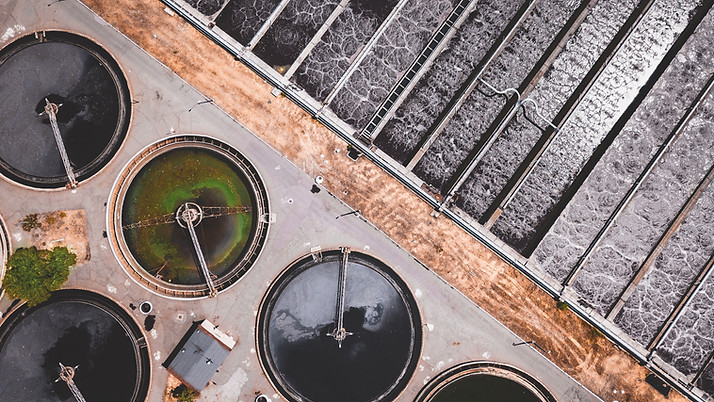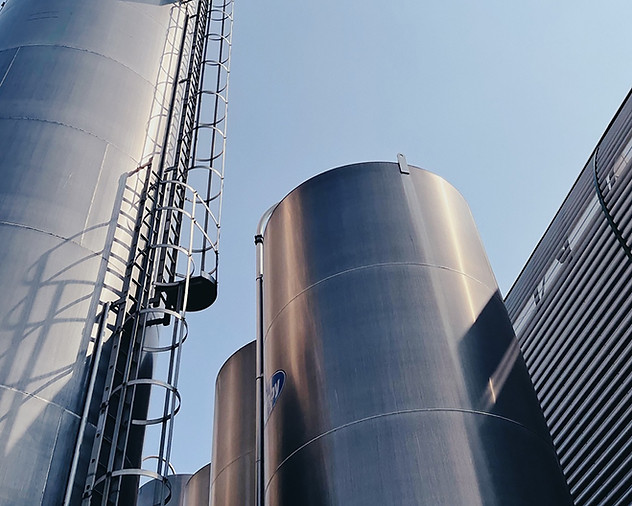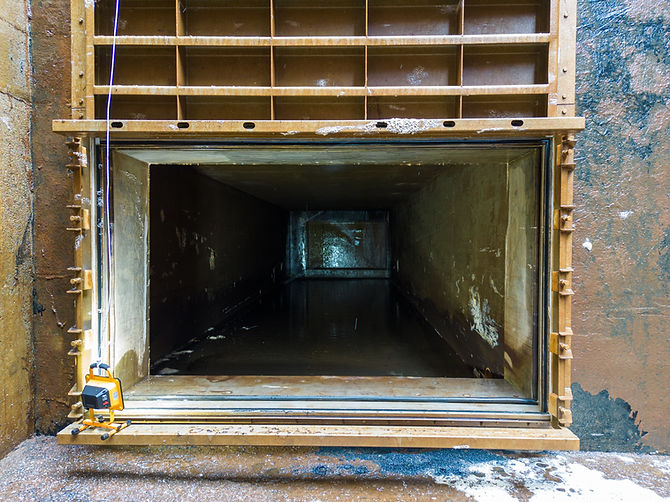
Confined Space Drone Services
Using drones for confined space inspections can be a safe and efficient way to assess the condition of small, enclosed areas that are difficult or hazardous for humans to access. Drones equipped with cameras and sensors can be used to inspect tanks, pipes, and other structures for potential issues such as corrosion, leaks, or blockages. This can help identify problems before they become serious and allow for timely repairs to be made. Drones can also be equipped with specialized sensors, such as gas detectors, to identify potentially hazardous conditions in the confined space. By using drones for confined space inspections, professionals can reduce the risk of accidents and injuries, as well as save time and resources. It is important to note, however, that drones should only be used for confined space inspections if it is safe to do so and all necessary precautions have been taken.


Drones can be used for a variety of applications related to confined spaces, including:
- Inspections: Drones equipped with cameras and sensors can be used to inspect tanks, pipes, and other structures for potential issues such as corrosion, leaks, or blockages. This can help identify problems before they become serious and allow for timely repairs to be made.
- Monitoring: Drones can be used to monitor confined spaces for changes or issues that may not be visible to the naked eye, such as temperature fluctuations or gas concentrations.
- Mapping: Drones equipped with lidar (light detection and ranging) sensors can be used to create 3D maps of confined spaces, which can be useful for planning and logistics purposes.
- Search and rescue: Drones equipped with cameras and sensors can be used to search for people or objects in confined spaces, such as collapsed buildings or underground tunnels.
- Hazard assessment: Drones can be used to assess the safety of confined spaces before humans enter, by detecting potential hazards such as gas leaks or electrical problems.
It is important to note that drones should only be used for confined space applications if it is safe to do so and all necessary precautions have been taken
Drones can be used for a variety of applications related to confined spaces, including:
- Inspections: Drones equipped with cameras and sensors can be used to inspect tanks, pipes, and other structures for potential issues such as corrosion, leaks, or blockages. This can help identify problems before they become serious and allow for timely repairs to be made.
- Monitoring: Drones can be used to monitor confined spaces for changes or issues that may not be visible to the naked eye, such as temperature fluctuations or gas concentrations.
- Mapping: Drones equipped with lidar (light detection and ranging) sensors can be used to create 3D maps of confined spaces, which can be useful for planning and logistics purposes.
- Search and rescue: Drones equipped with cameras and sensors can be used to search for people or objects in confined spaces, such as collapsed buildings or underground tunnels.
- Hazard assessment: Drones can be used to assess the safety of confined spaces before humans enter, by detecting potential hazards such as gas leaks or electrical problems.
It is important to note that drones should only be used for confined space applications if it is safe to do so and all necessary precautions have been taken

At Advanced Drone Solutions BC Inc, we are dedicated to providing top-quality drone confined space inspections to meet the needs of our clients. Our team of experienced professionals is equipped with the latest drones and sensors, and is trained to follow all necessary safety protocols to ensure the safety of our team and our clients. We take a customer-focused approach and are committed to providing personalized solutions that meet the unique needs of each of our clients. Our services are designed to help improve safety, reduce costs, and enhance the efficiency and effectiveness of confined space inspections. In addition, we offer flexible scheduling and fast turnaround times to ensure that our clients can get the inspections they need when they need them. We believe that our combination of expertise, technology, and customer service sets us apart from other companies in the field. We invite you to contact us to learn more about how our drone confined space inspections can benefit your company.
Projects we have worked on:

Metro Vancouver Seymour / Capilano Watershed cross over tank

Figure 3.1 - Interior of cross over tank being inspected.

Figure 3.2 - Technician completing the inspection

Figure 3.3 - Auxiliary screen for engineers to view during inspection
Our technicians worked with Metro Vancouver to inspect the interior of the cross over tank at the Capilano – Seymour Water Treatment plant.
As the space was approx 30 feet down into the water chamber, the lock out procedures to prepare for personnel to enter meant shutting down the system. Our technicians were able to fly our aerial drone from the cat walks above the chamber. We had auxiliary screens for the engineers to view as we went into the chamber giving the engineers a live view of what was happening. The aerial platform being able to fly into the chamber and gather valuable information for the engineers avoiding timely and costly shutdowns.
After the inspection our technicians provide a detailed report, laying out information we observed during the inspection, photos and attached information for records and passing along to further contractors and or other staff.
Contact
Like what you see? Get in touch to learn more.
